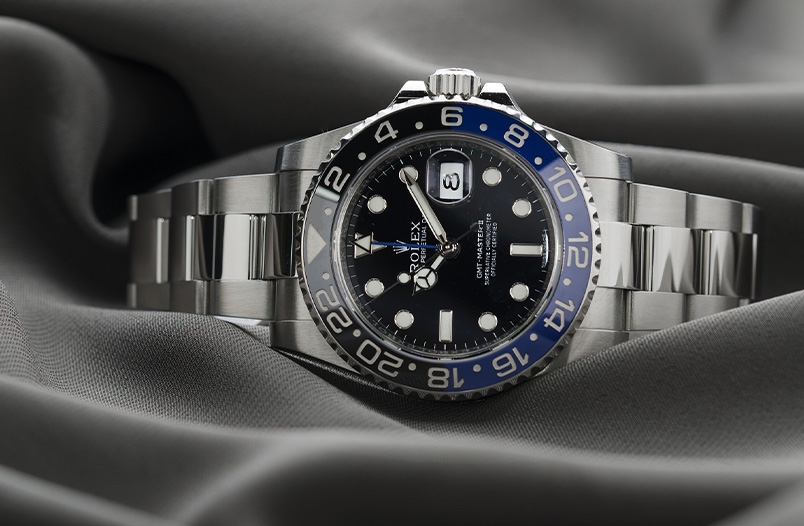Watch Winder Guide
I have recently been asked by more than one customer to comment on the issue of wearing watches displaying the incorrect date and on the related issue of the use of a watch winder.
Winders today and dates next time I think.
Now a watch winder can be a wonderful thing, an electronic device running either on batteries or mains power, it will keep your automatic watch ticking while you’re not wearing it so that both time and date stay accurate.
The manufacturers of watch winders will tell you that they also provide the essential service of maintaining the movement and that this is better for your watch. I’ve never spoken to a watch maker who has told me of a broken automatic watch that “would have been ok if only it had been kept in a watch winder…” if you have then I would genuinely like to hear from you.
7 key considerations when buying a watch winder
1) Turns per day (TPD) – Many people are concerned to match the number of TPD specifically to the needs of their watch. I would suggest that unless you match your daily lifestyle to the TPD needs of your watch then you shouldn’t worry about this too much….
2) Direction of rotation – Now this could be an issue. Some automatic watches wind left, some right and some both ways. If you get a winder that winds both ways then you’re covered but before you buy a uni-directional one you should check that it’s right for your watch. Google or the manufacturer should be able to help.
3) Aesthetics – Clearly down to you this one – styles range from ‘board room’ to ‘control room’. Cheap ones can look a bit cheap and higher priced ones can look a bit over the top but it’s all personal taste so shop around.
4) Capacity – Off the peg winders start at one watch and generally go up to around eight or ten watches. Custom made ones can be as big as you want to go.
5) Power supply – Modern winders can be powered either by mains, batteries or both so bear in mind what power sources you will have available when you make your choice, and this depends on where you’re going to keep it. It’s also a good idea to listen to it working before you buy, especially if you’re going to keep it next to your bed. These things run 24 hours a day…
6) Size – This normally goes hand in hand with capacity and along with ‘Price’ is one of the two issues that vex me when it comes to winders. If you have one automatic watch that you wear all the time then you don’t need a winder. If you have one or two that you wear occasionally then you can buy a winder that will fit inside an average safe, keeping your watches wound AND secure. What about if you have four? Or six? Yes you can buy a winder that accommodates your entire collection but where do you put it once its fully loaded? Any box with four high-end automatic watches in it needs to be in a safe and not on your dressing table. This leads us into a whole new realm of watch winder/safe combos. If you have multiple watches, the inclination, the space and the budget then there are some sophisticated designs out there.
7) Price – Here’s the other delicate topic from my point of view – a single watch winder can be bought for as little as £50 and big ones can cost….well you can imagine. Or maybe you can’t. How about £10,000? Believable? Of course it is. How about £100,000…..? Unfathomable, but true!
Even with an off the peg winder, if you want one of the top brands to fully complement your top brand watches then you’re into thousands, and that’s nice watch money.
So a winder seems a great idea as long as it allows you to store your watches safely and, it seems to me, as long as it’s not competing for your money against your next watch.
I think I would rather have four watches that I have to set every day than three that I don’t….
As always, we value your comments.



